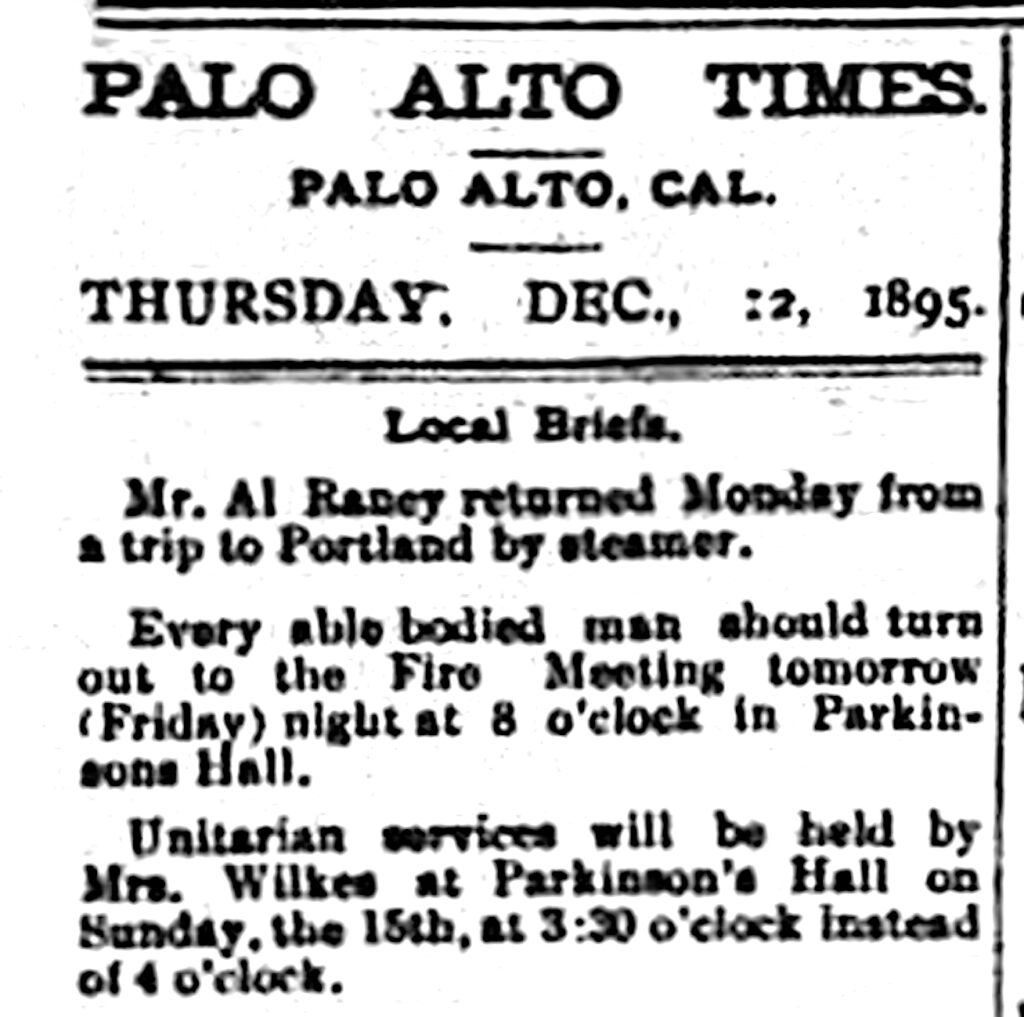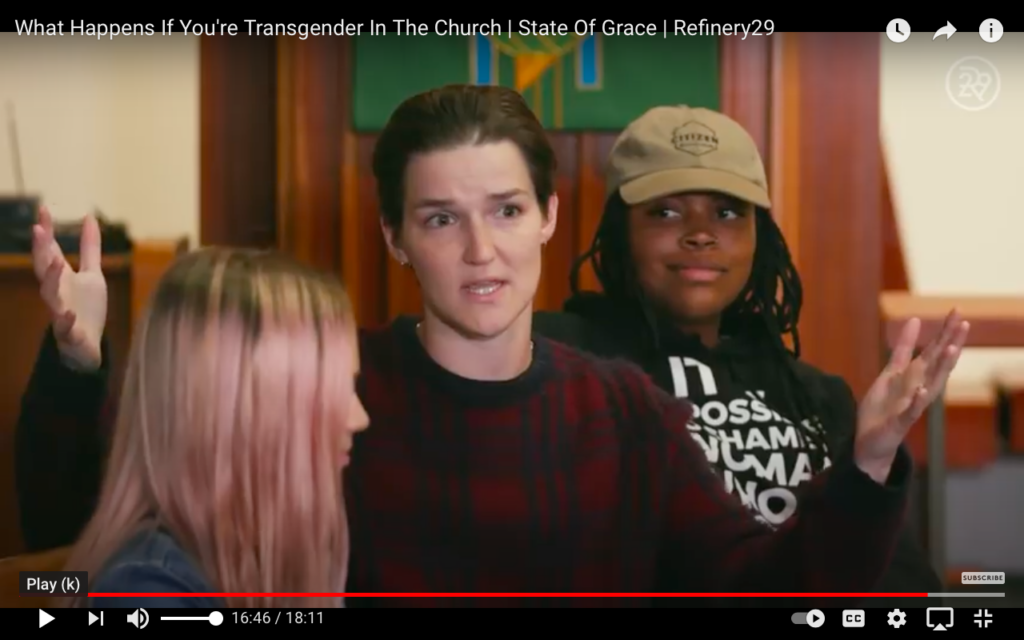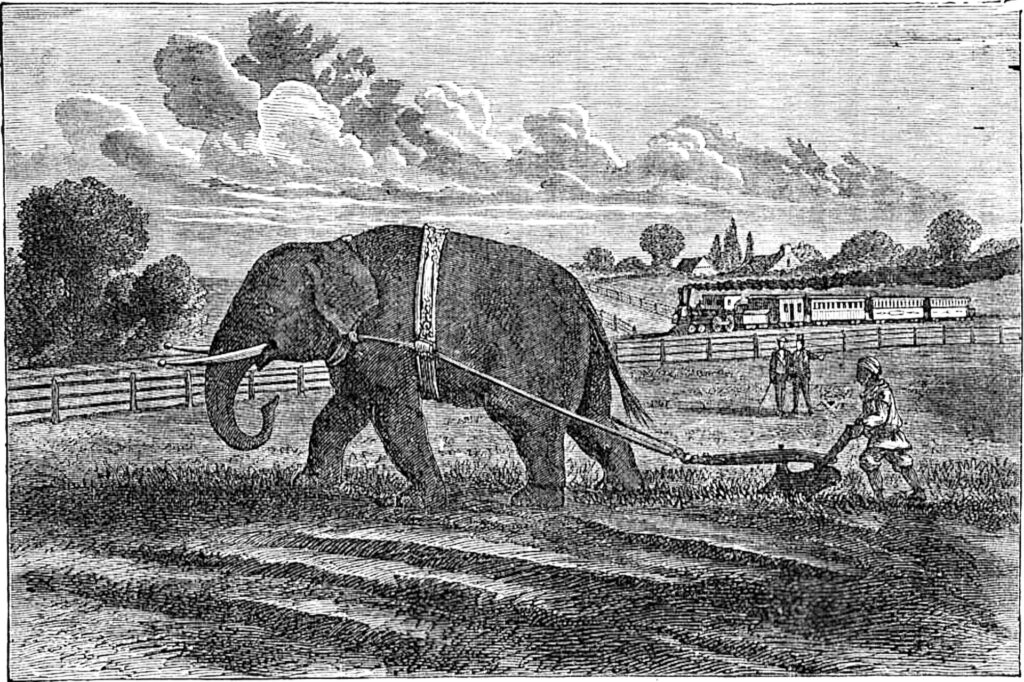Another story for liberal religious children. This story comes from Hausa Folklore, stories told by Maalam Shaihua and translated by R. Sutherland Rattray (Clarendon Press, 1913). The Hausa, who live in what is now Nigeria, were one of North Africa’s major trading powers. By the 14th century, many Hausa people had converted to Sunni Islam, and eventually Hausaland became a Caliphate. Traditional Hausa religion (called “Bori” or “Maguzanci”) persisted in the countryside, and still does today. The present story appears to combine elements from older Hausa folklore (talking animals) with Islamic elements (trip to Mecca). This story reminds us that Islam has been a feature of West Africa for centuries.
A certain doctor, a man of great learning who wrote elegant Arabic script and who was well-versed in the complicated legal, historical, and religious learning of the Hausa people, set out to go on the Hajj. This is the pilgrimage to Mecca that all good Muslims hope to make, so that they might add to their rewards in the afterlife.
This doctor had a very thin mare. He saddled her, mounted her, and began the long journey to Mecca. He was deep into the forest when be saw a hyena. The hyena saw that the doctor’s mare was very weary.
“Doctor, where are you going?” said the hyena.
The doctor said, “I am going to Mecca.”
“But something seems to be the matter,” said the hyena.
“It is the mare,” said the doctor. “She is weary.”
“Give the mare to me,” said the hyena. “I shall kill her, and eat her up. Then you can mount me and we shall set out to Mecca.”
The doctor said, “So?”
The hyena said, “Yes, it is so.”
The doctor said, “You must not deceive me.”
She replied, “Come now, Doctor, it is because I have seen that your mare is unable to go on that I speak. For my part, if you mount me, this instant I will carry you to Mecca.”
The doctor said, “All right, catch the mare and eat it.”
The hyena seized the mare, tore it up, picked up the meat and took it home. She ate it with her children. The doctor waited and waited for her to return, but she did not come back. At last a jackal came along and saw the doctor sitting there.
“Doctor, what has happened?” said the jackal.
“I was on my way to Mecca,” said the doctor. “My mare got tired, so I sat down. The hyena came along and asked what was the matter, and I said that that I was on my way to Mecca but my mare was tired.
“And the hyena said, ‘Oh, this thing can never take you to Mecca. Give her to me to eat so I can increase my strength, then I can carry you to Mecca.’ I then said,” the doctor went on,, “‘Hyena, you must not deceive me, by eating my mare then running away.’ But she replied, ‘Why would I do that? it is the truth I told you.’ I thought what she told me was true, but after she caught the mare she went off and I haven’t seen her again.”
“Stop worrying, Doctor,” said the jackal. “I will bring her to you.”
The jackal took up all the horse tack — the saddle and saddle-cloth, the bit and halter, the spurs and whip — and off he went. On the way, he found a lump of meat and took it along as well. He dropped the tack, piece by piece, dropping the saddlecloth last of all, when he was near the mouth of the hyena’s hole.
When he got to the hyena’s hole, he stood and announced his arrival.
But the hyena had told her children, “Whoever comes here looking for me, you must say I am not here.” So when the jackal hailed, the children said, “She is not here.”
“Allah curse her, she has no luck,” said the jackal. “Here I have brought her good news, and bad luck prevents her from hearing it. For a cow has died, a very fat one, and I have come to call her and show her. But you say, she is not here. So I will leave.”
Then the hyena said, “Who is seeking me?”
“I am seeking you<” said the jackal. “A fat cow has died, but these children say you are not here. Here, I cut off a big lump of meat and have brought it to you”
“There is no God but Allah!” said the hyena. “You worthless children, I was asleep, but you say I am not here.” And the hyena came out of her hole.
The jackal offered her some of the lump of meat, saying, “Taste it.”
She swallowed the meat, giving none to her children. Then she said, “Let us be off.”
The hyena was eager to get to the fat cow, and she was a long way in front of the jackal. “Here,” said the hyena, “you cannot walk fast enough. Climb up and ride me so that we may go quickly.”
The jackal rode her, and soon they came to the saddle cloth. The jackal said, “Let me spread this thin on your back, for the hair on your back is getting ruffled.” When he had the saddle-cloth on her, he mounted once again and they rode off.
Soon they came to the bit and halter. “Let me lift up this thing and put it in your mouth,” said the jackal. “Perhaps it will be better for me to hold.”
“Put it on quickly and let us get on,” said the hyena. The jackal put on the bit, took hold of the halter, and they rode off again.
Soon they came to the spurs and whip. The jackal dismounted, took up the whip and put the spurs on his feet, and mounted again.
As they drew near where the doctor was waiting, the hyena said, “You must not take this way.” For she did not wish to meet the doctor again, so she took another path. But when they were opposite where the doctor sat, the jackal struck her with the spurs and turned the bit towards the doctor. Then the hyena sprang forward, saying, “Oou, oou.”
The jackal pulled up in front of the doctor, dismounted, and said, “Doctor, behold your debtor. Mount her, and do not get off until you reach where you are going. If you dismount, even at the water, do not take her to a stream of water.”
The doctor replied, “I have heard.” He mounted, and did not dismount until they had ridden all the way to Mecca, over a thousand miles.
When he got to Mecca, his dismounted from the hyena. He asked some children to hold her, saying, “You must not mount her, and you must not take her to the stream.” Then the doctor entered the mosque where they were praying.
But the children did not listen. They mounted they hyena, and rode her to a nearby stream. As soon as she got out of the town, she began to gallop into the bush. She threw them off, and ran away. So when the doctor came out of the mosque, he saw neither the children, nor the hyena.
That is all.



